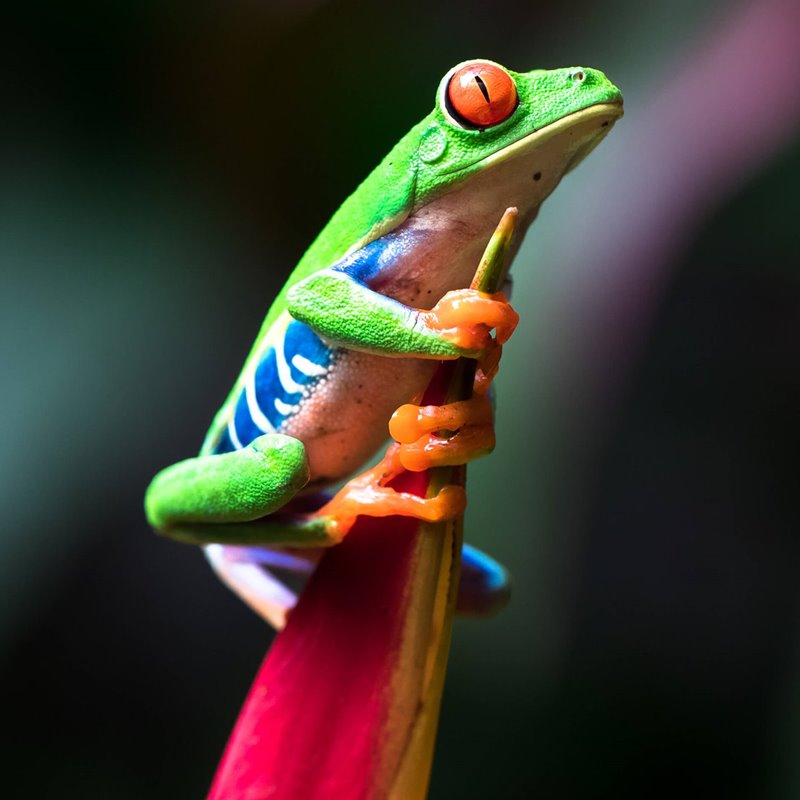environmentalists from Michigan State University in the US and Ecuador report that 32 species of harlequin frogs continue to survive in the wild despite being considered possibly extinct.
Amphibians in the rainforests are facing increasingly severe challenges, but every now and then good news arrives that restores our optimism.
“I can’t express how special it is to hold something we never thought we’d see again.says Kyle Jaynes, a doctoral student in the university’s Department of Integrative Biology and Program in Ecology, Evolution and Behavior, who was instrumental in the research.
His team found that these critically endangered frogs are more likely to succeed in the wild than previously assumed, but intensified conservation efforts will be needed to preserve the rich biodiversity of their habitats and ensure they actually survive.
“We want to give people a ray of hope that we can still face the problems of the biodiversity crisis.says Jaynes, author of a study on the rediscovery . “But rediscovery is not the same as recovery”, warns the scientist. “This story is not over for these frogs and we are not where we want to be in terms of conservation and protection. We still have a lot to learn and a lot to do.”.
Harlequin frogs, small amphibians
Harlequin frogs belong to a genus of small amphibians that feature a dazzling array of color combinations. But recent times have been difficult, more than 80% of their species have become extinct or nearly so.
In addition to habitat loss and other pressures, they have also been decimated by a fungus called Batrachochytrium dendrobatidis at an increasing rate in a mass extinction that has alarmed experts.
“We didn’t think these frogs existed a decade ago. We now have DNA samples. This information is invaluable.”, adds the scientist.
These DNA tests showed that formerly extinct frogs have less genetic diversity than more recently extinct ones, indicating smaller populations.
The risk of low DNA diversity in frog species
“Low genetic diversity is an indicator that a species may be more susceptible to future stressors, for example a new strain of Batrachochytrium dendrobatidis, climate change or habitat loss.,” explains Michigan State University in an article about the findings.
Scientists are now looking to answer some unanswered questions to benefit conservation measures. “This study opens up many other questions.says Sarah Fitzpatrick, an assistant professor in the School of Natural Sciences, who was another key member of the research team.
“For example, why do these frogs persist? What we found points to the fact that there is probably no single explanation. And now that we’ve described these frogs, how can we ensure their recovery?“
